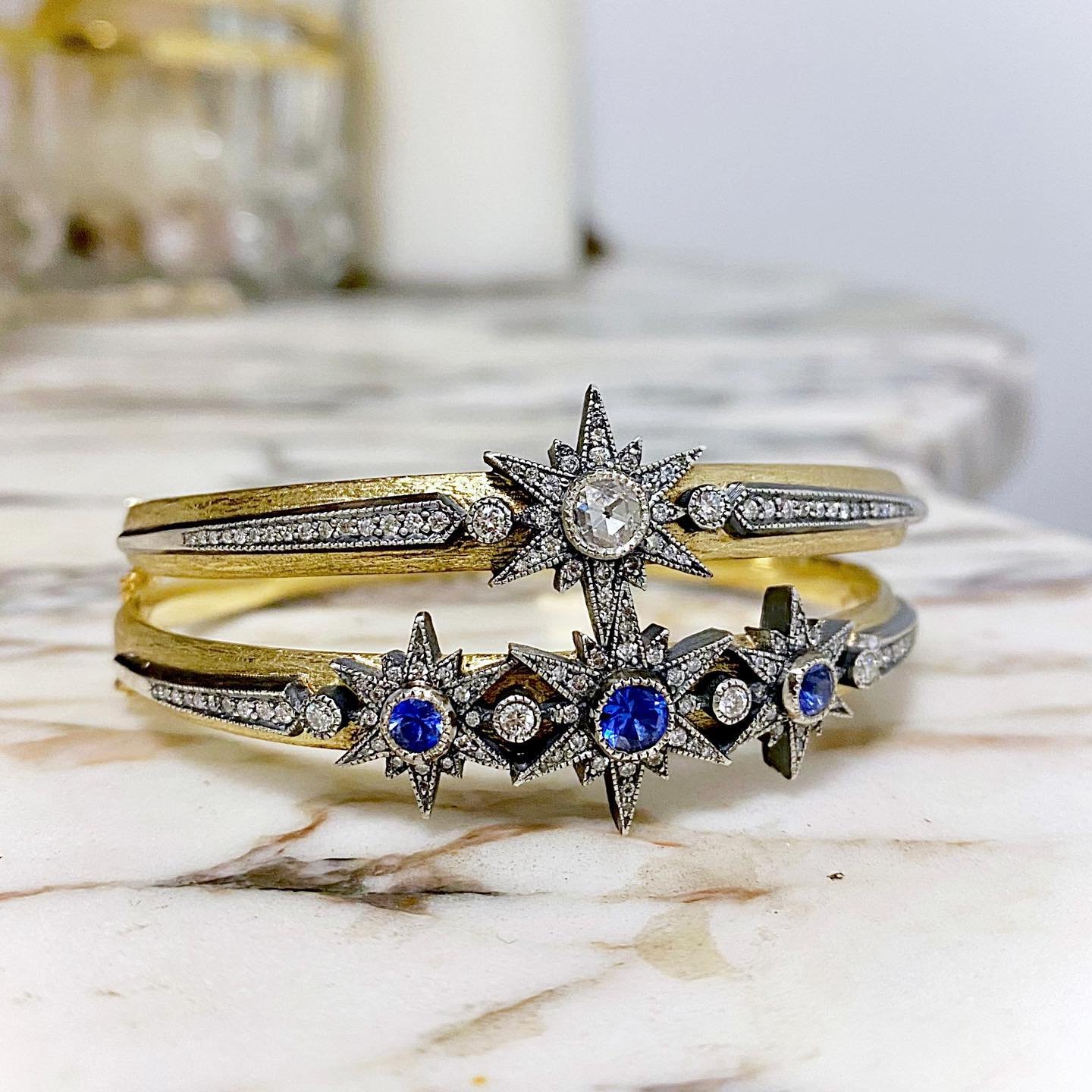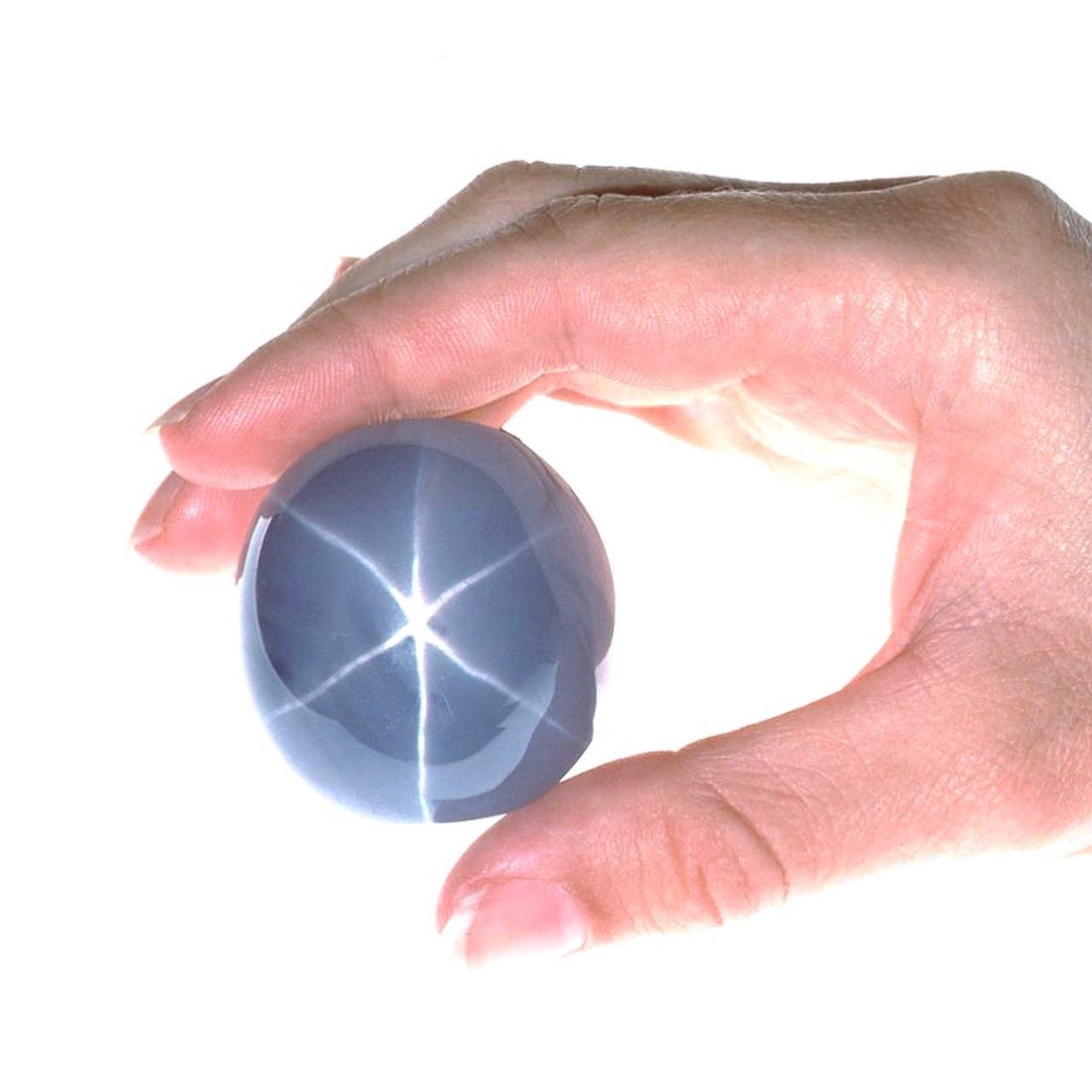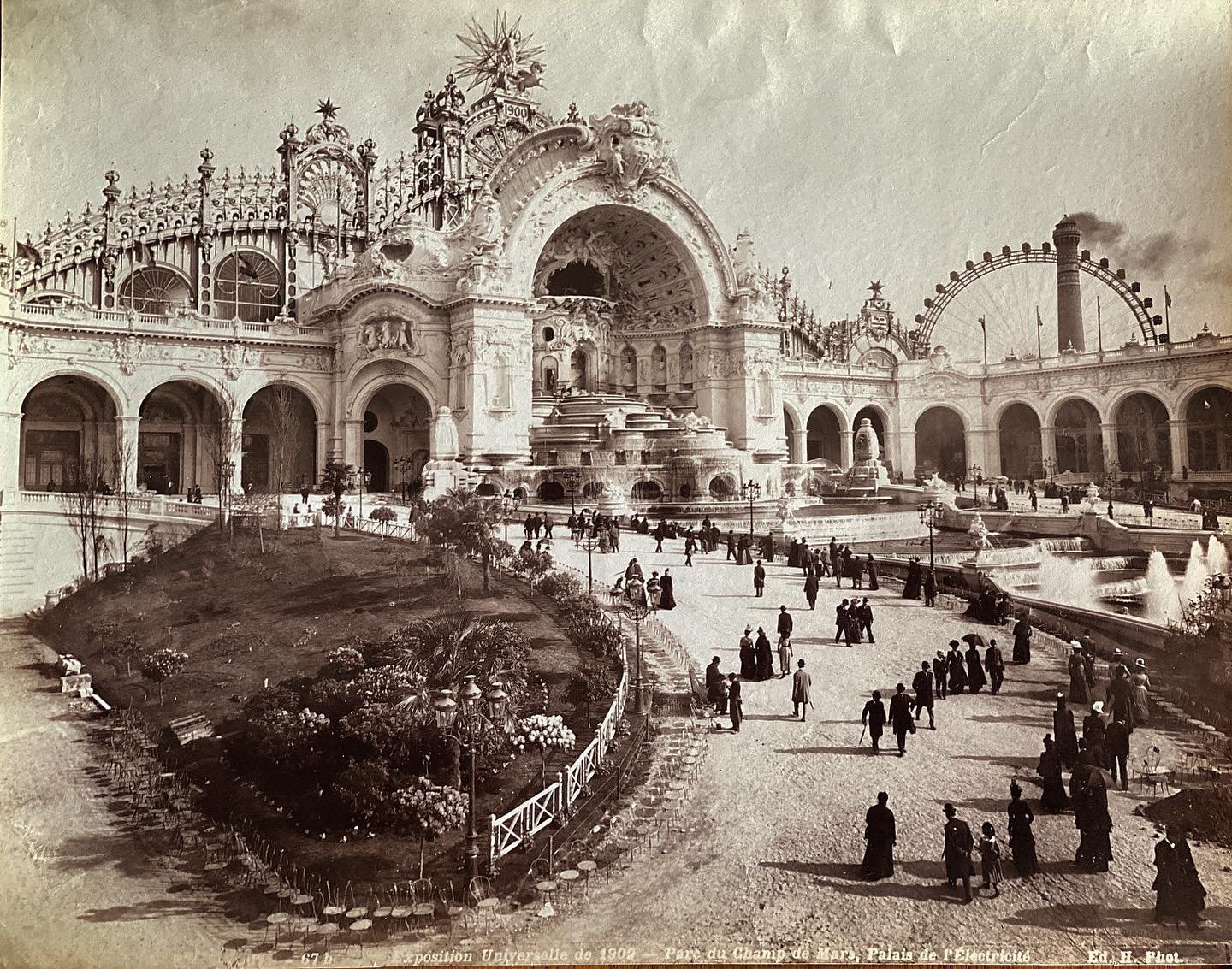Rock Stars: The Star of India
This week we’re paying homage to some of the world’s most famous (read: biggest, sparkliest, spendiest, most coveted) stones. Grab your loupe and join us for a closer look at these historic gems.
Photo credit: @armansarkisyanjewelry
A seriously stellar sapphire
With settings from Sri Lanka to Paris, a cast of characters including famous financier J.P. Morgan, and a plot involving a hi-jinx jewelry heist, the history of the Star of India sapphire is an epic tale befitting of a Hollywood feature.
But first, the backstory. The Star of India is one of the world’s largest star sapphires, renowned for its size (it's about as big as a golf ball), near-flawless nature, and perfectly-centered, two-sided star pattern, unusual in this type of gem. Unlike “regular” sapphires, star sapphires have trace inclusions of the mineral rutile, which is responsible for the stone’s milky-blue coloring and the light-refracting star effect caused by the mineral fibers. Star sapphires are usually cut en cabochon to show off their star effect.
The Star of India is suspected to have been mined in Sri Lanka nearly three centuries ago, though its known history begins with the Paris Exposition of 1900, a world’s fair that celebrated and promoted commerce, technology, and culture. Over 50 nations were invited to display their achievements on the international stage. Among those achievements? The ferris wheel, escalators, diesel engines, films with sound, and a collection of the most impressive gems from around the world, commissioned by J.P. Morgan and procured by Tiffany gem expert George Kunz as part of the US contribution to the fair.
Following the Paris Exposition, Morgan donated the Star of India to the American Museum of Natural History in New York City, where it remained safely nestled among other wonders of the world until 1964 when it was stolen—in a highly improbable fashion. By unlocking a bathroom window during open hours, jewelry thieves Jack Roland “Murph the Surf” Murphy, Allan Kuhn, and Roger Clark were able to sneak back into the museum that night.
Intrigued by the value of the only stone protected by an alarm, the thieves lucked out when they found the batteries in the Star of India’s alarm dead, and absconded with it, along with several other noteworthy gems. The world-famous sapphire (uninsured, by the way) was recovered several months later from a bus station locker in Miami and safely returned to the museum, where it is still on view today.
While you can visit the Star of India the next time you’re in New York, sapphires are so pretty, you may just want a scaled-down version of your own.










Editor: Samantha Durbin
Wordsmith: Rebecca Daly
Every item featured is personally selected by our writers and editors (read: we're totally into it). Please know that when you buy through our links, we may earn an affiliate commission (read: we get to keep doing what we love).




